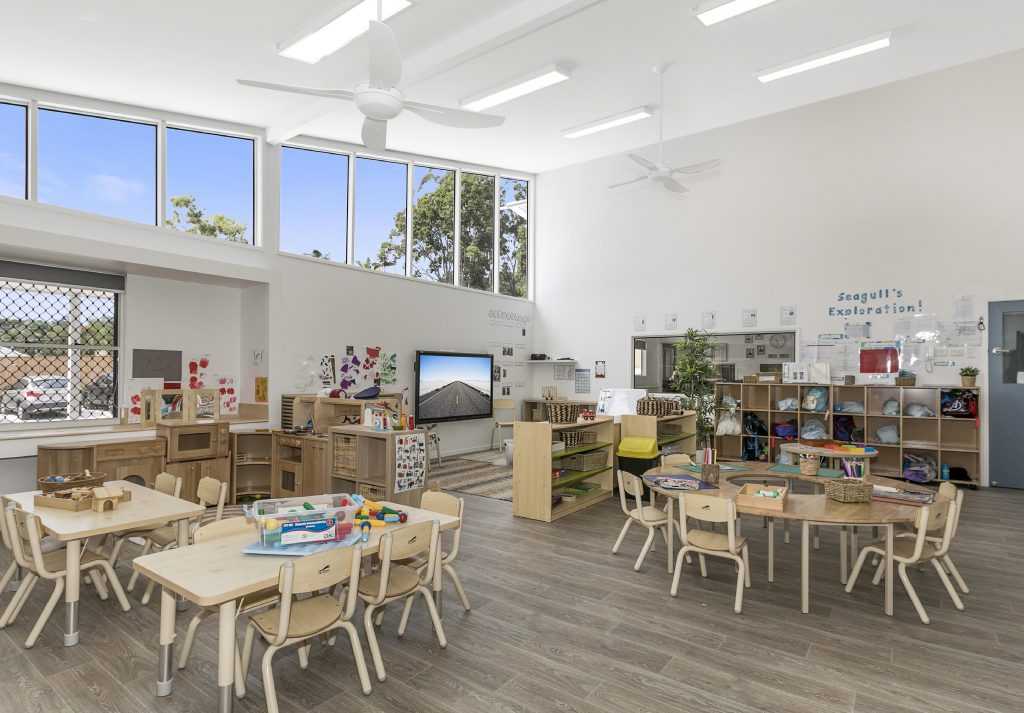If Labor wins, what next for Childcare?

Elections are always an interesting time, no matter what industry you’re in.
And it’s no different for childcare, which is likely to experience significant change from both operational and investment perspectives, depending on which way the election result falls.
If Labor wins power, as many polls and predictors are suggesting will occur, we’ll see the most substantial transformative changes moving forward.
As commercial property agents, we’re already seeing investors making moves to buy childcare centres now and in the coming months, due to Labor’s plan to slash capital gains tax concessions at the end of this year. As of January 1, the capital gains tax discount for assets held longer than 12 months will be reduced from 50 per cent to 25 per cent.
The kicker is that current rule will be grandfathered for all assets purchased prior to that date, meaning that any commercial properties bought between now and the end of the year will enjoy the full 50 per cent tax concession when the time comes to sell.
Investments aside, the most meaningful news for the industry’s future as a whole is Labor’s promise to increase to childcare concessions for low-income families, as well as boost childcare wages in order to attract (and keep) more workers in the industry.
Under Labor’s proposal, childcare will become free for families with incomes of up to $69,000 a year, up to an hourly cap of $11.77 an hour, or $141 a day. From there it’s a sliding scale, with families on higher incomes having to pay some of the childcare costs, but less than they do today.
We’ve also seen Labor commit to funding wage increases in the childcare sector – boosting them by 20% over the next eight years. Childcare operators consistently list exceptionally high staff turnover rates as one of their biggest issues as a business, so any government contribution that will encourage workers to either enter the industry or stay in it will be welcomed.
One of the biggest struggles as an operator is to find quality educators, so if people – and particularly women – are incentivised to reenter the workforce with better wages and childcare concessions, it has the potential to come full circle: women go back into the workforce as childcare workers, which in turn increases occupancy rates within childcare, as their own children are in childcare because both mum and dad are both working.
The question, of course, is where will this funding come from? How will it affect the rest of the economy? The money has to come from somewhere, and that’s going to be taxpayer dollars, so we’ll all pay for these concessions in some way.
But as an industry, it can only be a positive to see childcare and early learning as a hot button election issue.